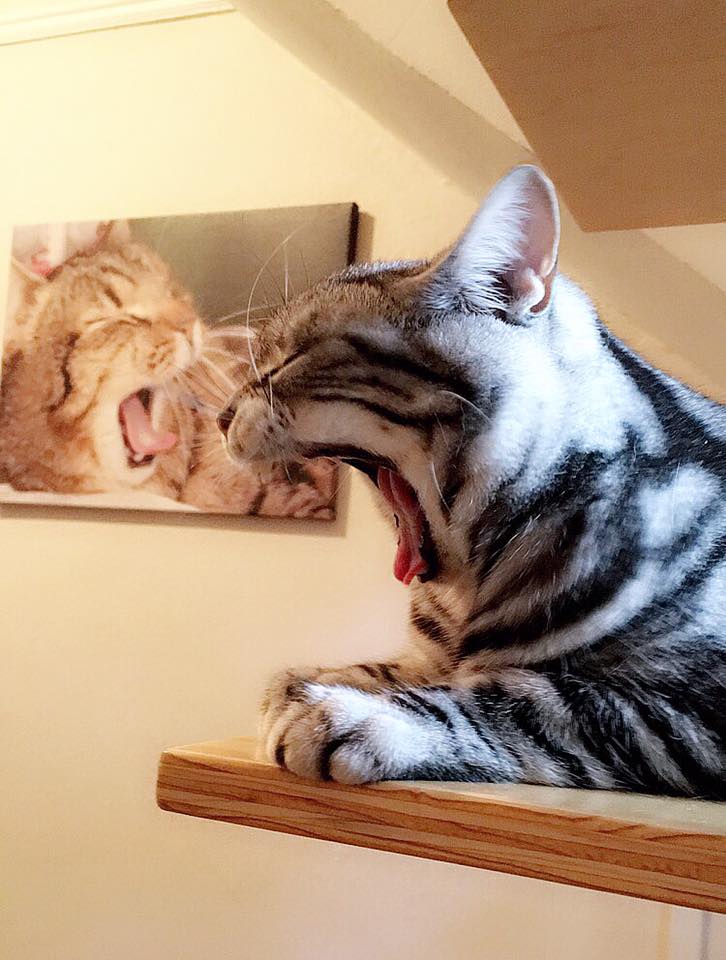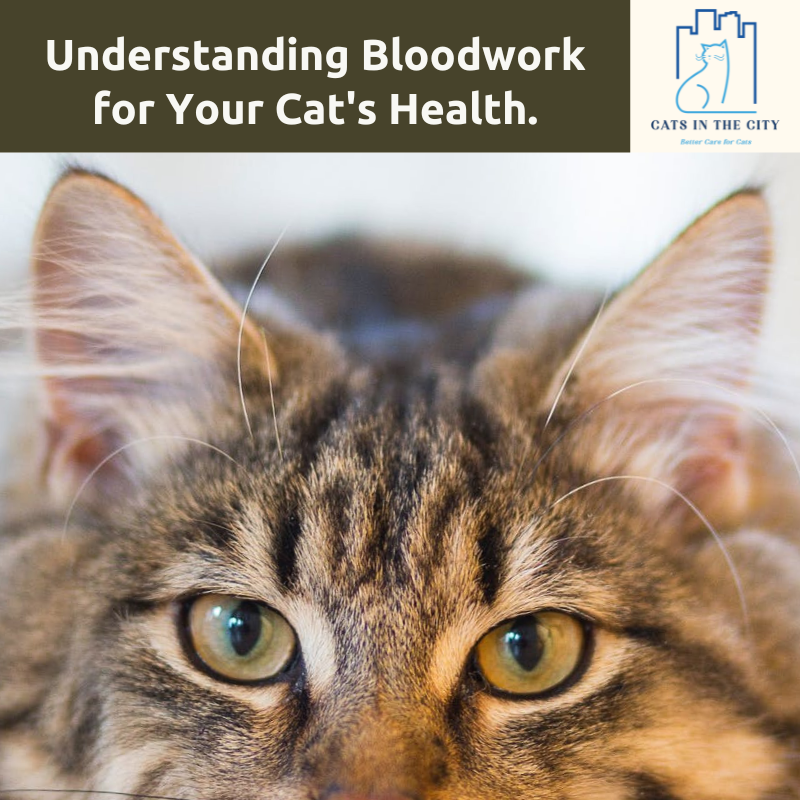Understanding the Risks and Costs of Cat Bites
Cat bites can be quite unpleasant and pose serious health risks. The mouth of a cat contains numerous germs, including the Pasteurella multocida bacteria, which can easily overpower our immune systems. This is why cat bites that break the skin often lead to localized swelling, cat scratch fever, swollen lymph nodes, and even fever. In such cases, it is often necessary to resort to antibiotics like doxycycline and amoxicillin to effectively treat the infections. Therefore, it is crucial to avoid cat bites as they can not only be painful but also pose a risk to our overall health.
The Health Risks of Cat Bites
The bacterial flora in a cat’s mouth is potent. Pasteurella multocida is just one of many pathogens that can be transmitted through a bite. When a cat bite penetrates the skin, the bacteria can cause:
- Localized Swelling: The immediate area around the bite often becomes swollen and tender.
- Cat Scratch Fever: This condition, caused by Bartonella henselae, can result in swollen lymph nodes, fever, and fatigue.
- Systemic Infections: If the bacteria enter the bloodstream, it can lead to more severe infections that may require intensive medical treatment.
Given these risks, it’s imperative to treat cat bites seriously and seek medical attention promptly if bitten.
Managing Cat Bites with Antibiotics
When a cat bite leads to infection, antibiotics are usually required to combat the bacteria. Commonly prescribed antibiotics include:
- Doxycycline: Effective against a broad range of bacteria, including Pasteurella multocida.
- Amoxicillin: Often used in combination with clavulanate, this antibiotic is effective against a wide variety of bacterial infections.
Prompt antibiotic treatment can prevent the infection from worsening and speed up recovery.
The Cost Implications of Cat Bites
For those who handle and groom cats, the likelihood of being bitten or scratched is quite high. The average cost associated with a cat bite amounts to approximately $1,500. We absorb these costs as a cost of doing business. These costs include:
- Urgent Medical Care: Immediate treatment to clean the wound and prevent infection.
- Antibiotics: Medication to treat and manage any ensuing infection.
- Lost Work Time: Time off work due to the injury, which can affect income and productivity.
When a team member is bitten by a cat, these expenses can add up quickly, making it not just a health concern but also a financial one.
Preventive Measures
To minimize the risk of cat bites, it’s essential to:
- Understand Cat Behavior: Recognize signs of agitation or fear in cats and give them space when needed.
- Use Proper Handling Techniques: Ensure that all handling and grooming techniques prioritize the safety of both the cat and the handler.
- Protective Gear: Utilize gloves and other protective gear to reduce the risk of bites.
By taking these precautions, we can reduce the incidence of cat bites and the associated health and financial impacts.
Cat bites are more than just a painful nuisance; they pose significant health risks and financial costs. Understanding these risks and taking proactive steps to prevent bites is essential for anyone who handles cats regularly. If a bite does occur, seeking prompt medical attention and following through with necessary treatments can mitigate the impact and ensure a quicker recovery. Your health and well-being are paramount, so always prioritize safety when interacting with our feline friends.



